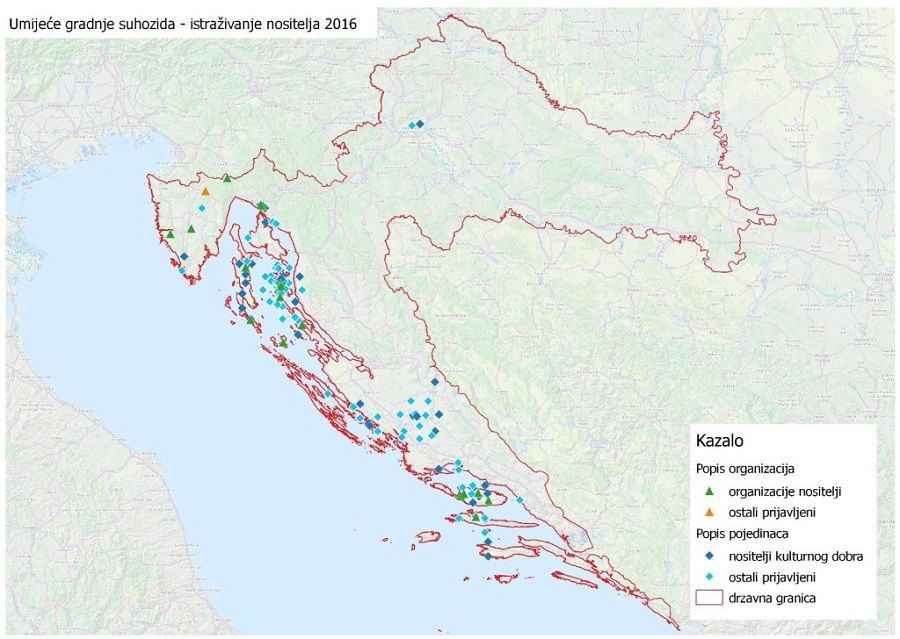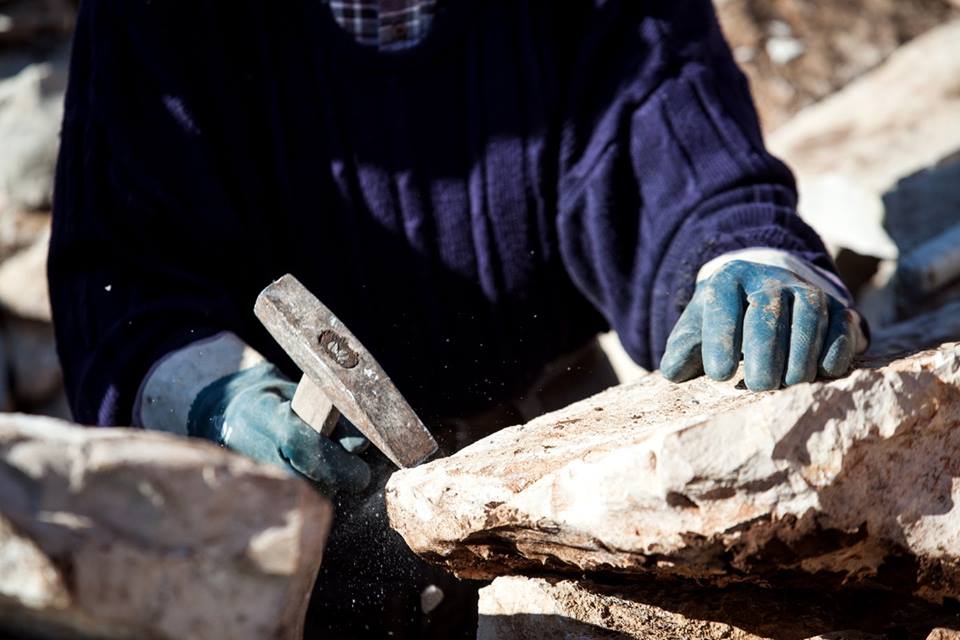Croatia protects traditional dry stone wall construction technique as cultural heritage.
After a three-year period of preventive protection, the traditional dry stone wall (suhozid) construction technique has received permanent protection as an intangible cultural heritage of Croatia. The application was sent in June 2016, and for this new step in protecting the technique the most important issue was to include in the submission a list of people and organizations which practice it. The Dragodid Association, which continues the tradition, sent a public call through its website and Facebook page so that people who are practice the technique could apply. The campaign lasted for two months, and in the end they collected contact info from 98 individuals and 19 legal entities.
Among all the applicants, the Association chose 35 + 18 names for inclusion in the list of practitioners of the technique. The key was the experience of applicants, location where they live, and their willingness to put their knowledge at the disposal of others. Particularly impressive was the turnout from the island of Rab, and the following map shows other “hot spots”.

The map shows the initial situation and in time it will be updated, since there are people who gain dry stone wall construction skills, as well as others who stop practicing it for various reasons. Updating the list is a duty of local conservation departments, and those who want to be included in the list should send their requests directly to their conservation departments or to the Dragodid Association. However, such official lists never completely reflect the actual situation on the ground, since there are many people practicing techniques in a more informal way.

As for the “cultural protection” itself, the transfer from preventive to permanent protection does not change much. It is still possible to submit a proposal for popularization, promotion, transfer, study, and documenting individual cultural properties as part of an annual public competition announced by the Ministry of Culture (usually during the summer months; financial support is usually around 20,000 kuna). The major change is a stronger emphasis on cross-sectoral cooperation and the integration of the protection of cultural landscapes and intangible skills which created them.
All those who have various ideas related to the dry stone wall construction technique should start consider specific and useful project and get down to writing their proposals. It would be best to base the projects around people in local communities who are involved with the dry stone wall construction.


